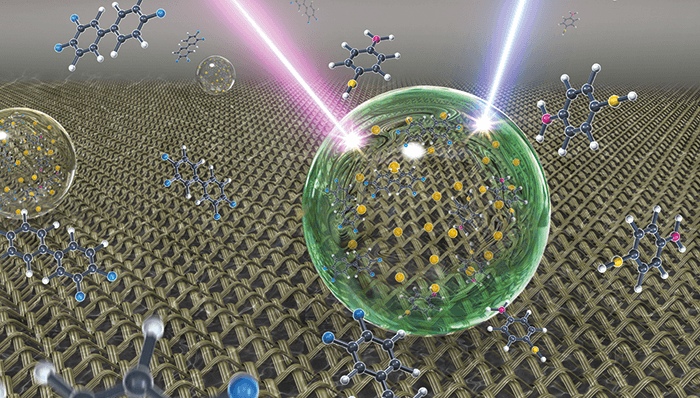
Surface-enhanced Raman scattering (SERS) has high molecular specificity and high sensitivity, but its applicability is limited by a reliance on aqueous solvents for extraction and poor performance in heavily diluted solutions. Now, researchers from Pennsylvania State University have combined SERS with slippery liquid-infused porous surfaces (SLIPS) to create... You guessed it: SLIPSERS (1). We spoke with Tak Sing Wong, Assistant Professor of Mechanical Engineering and lead author of the study, to find out how they’re addressing the limitations of SERS.
My postdoctoral researcher – Shikuan Yang – and I have come up with a solution to these problems. By allowing a non-aqueous/aqueous droplet containing the extracted analytes and the SERS substrates to shrink in an isotropic manner onto a solid surface, we can bring all the analytes to close proximity of the SERS hot spots. SLIPS is the perfect solid surface to achieve this because it can be designed to repel both aqueous and non-aqueous liquids.
References
- S Yang et al., “Ultrasensitive surface-enhanced Raman scattering detection in common fluids”, Proc Natl Acad Sci USA, 113, 2, 268-73 (2016). PMID: 26719413.




